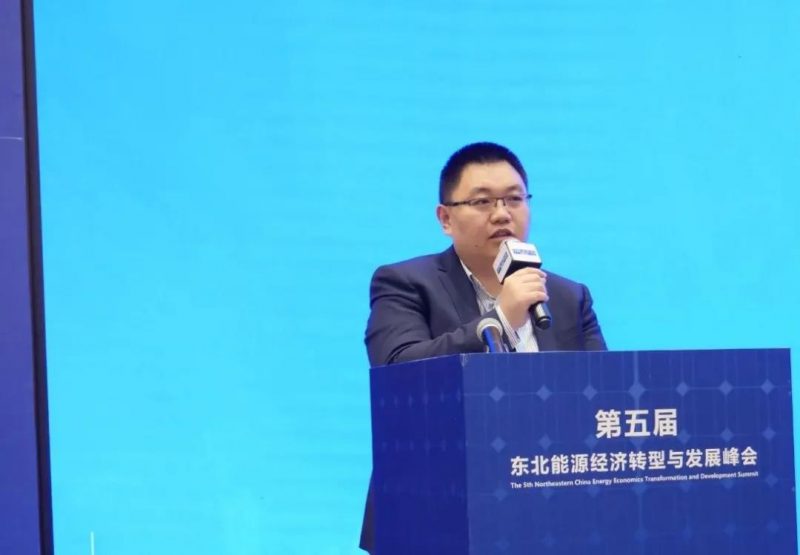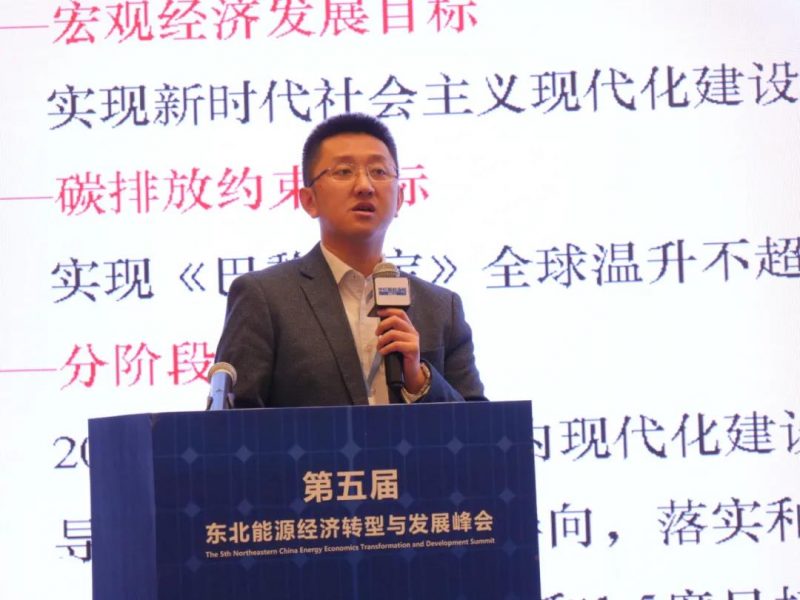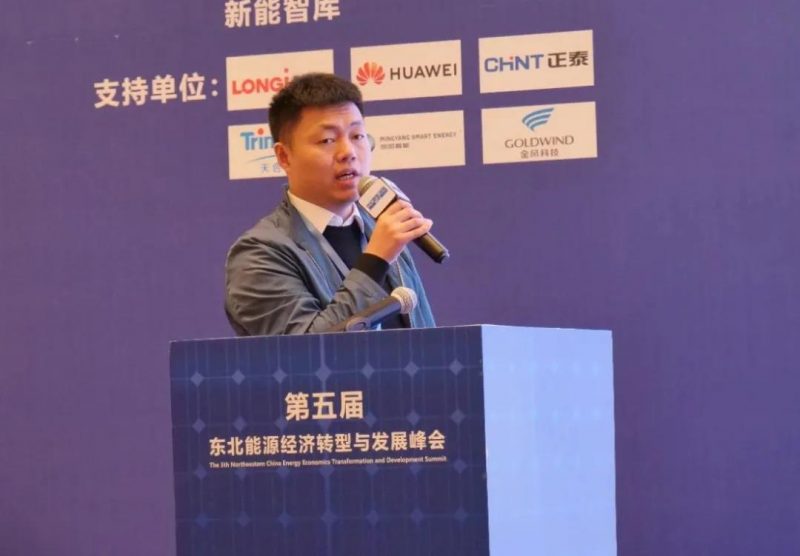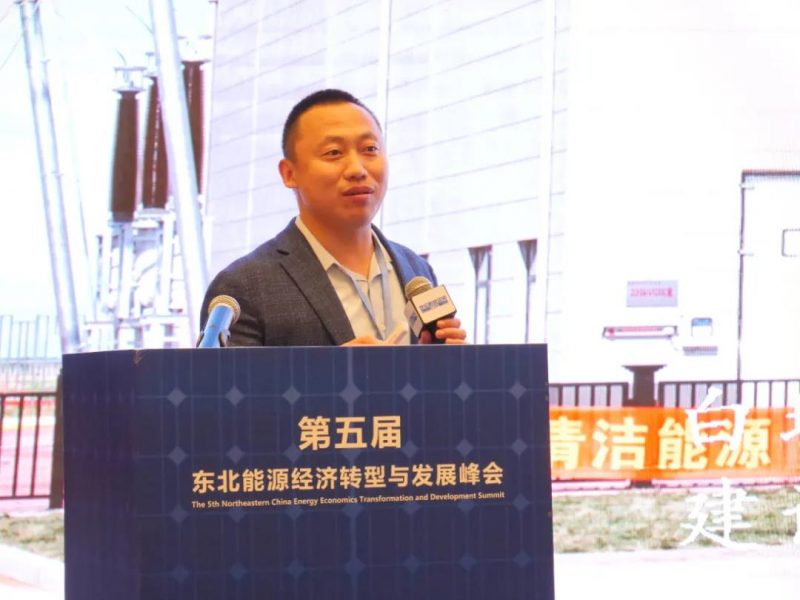PVTIME – Since President Xi Jinping stated China’s intent to have CO2 emissions peak before 2030 and achieve carbon neutrality before 2060 during the 75th Session of the UN General Assembly, renewable industry associations across China have rallied behind this goal and set out to accelerate the rate of energy transition through action.
As one of China’s leading renewable energy media organizations, Century New Energy Network held the 5th Northeastern China Energy Economics Transformation and Development Summit (CNNE2020) in Jilin in Changchun on October 22. Co-hosted by the Jilin Province Wind and Solar Energy Association and New Energy Think Tank, more than one hundred new energy related enterprises gathered to contribute to the discussion on collaborative innovation and accelerating the energy transformation.
The main purpose of the summit was to implement the strategic policy of “energy and environmental protection integration ” driven by technological innovation and guided by technology. In order to achieve the newly set carbon neutrality goal, China’s energy structure must undergo fundamental changes and reduce fossil energy’s share in the primary energy mix while increasing the share of renewables, such as solar and wind power. Other subjects discussed at the summit included making use of Northeastern China’s resource advantages and industrial foundation, focusing on the needs of economic development and making energy structure adjustments, and accelerating the construction of clean energy bases in the Northeastern region.

Editor-in-Chief of Century New Energy Network and Vice Chairman of the Jilin Province Wind and Solar Energy Association, Jack Zhang.
Jack Zhang, Editor-in-Chief of Century New Energy Network and Vice Chairman of the Jilin Province Wind and Solar Energy Association, stated in his speech that the summit’s continued success over the years would not be possible without the common vision shared by the attendees. He went on to add, “We must strive to gather the wisdom of domestic industry experts and entrepreneurs in order to build a cross-disciplinary, cross-industry, and inter-departmental exchange platform to jointly discuss the successful policies, technology and business models, so as to provide effective and progressive support for the development of the Northeastern energy economy during the transition period.”

Deputy Director of the Renewable Energy Center of the Energy Research Institute of the National Development and Reform Commission, Tao Ye.
Tao Ye, Deputy Director of the Renewable Energy Center of the Energy Research Institute of the National Development and Reform Commission, and Zhang Junjun, Director of the Solar Power Test and Inspection Office of the New Energy Research Center of the China Electric Power Research Institute, respectively analyzed the investment situation and policies of China’s wind power and photovoltaic industries in the near and mid-term as well as exploring challenges of developing a the high-proportion renewable energy power system.

Director of the Solar Power Test and Inspection Office of the New Energy Research Center of the China Electric Power Research Institute, Zhang Junjun.
Representatives from Huawei, LONGi, Goldwind, Mingyang Smart Energy, and other well-known enterprises in the photovoltaic and wind power fields also made relevant reports and shared the opportunities and challenges faced by the Northeastern China energy economy during the transition period, and promoted the development of renewable energy in the region.

Deputy General manager of Baicheng Energy Investment and Development Co., Ltd., Zhang Min.
Zhang Min, Deputy General manager of Baicheng Energy Investment and Development Co., Ltd., shared the construction process of Baicheng City’s forerunner project base with the summit attendees. Presently, two phases of leading front-runner project have been connected to the grid and achieved good results. In order to ensure the stable operation of the power station, Zhang Min introduced that in the front-runner base, improved operation and maintenance is achieved through the usage of intelligent equipment such as intelligent inspection and cleaning robots, which reduce downtime through early detection and intervention.
As one of the exemplar cities of renewable energy development in the Northeastern region, Baicheng City has outstanding performance in photovoltaics, wind power, and hydrogen energy. It is understood that by the end of 2020, the installed capacity of new energy in Baicheng City will reach 6 million kilowatts, and there are nearly 30 million kilowatts to be developed, including 16 million kilowatts of wind power and 14 million kilowatts of solar power. Furthermore, it is estimated that the cost per kilowatt-hour of new energy in Baicheng City can meet the low-cost demand for hydrogen production by electrolysis of water. According to relevant plans, by the end of 2025, Baicheng City’s hydrogen production-related industries are expected to increase investment in terms of fixed assets by 50 billion yuan and generate an output value of nearly 20 billion yuan. The installed capacity of new energy for hydrogen production will be 1.9 million kilowatts, and the annual hydrogen production volume will reach 120,000 tons.











